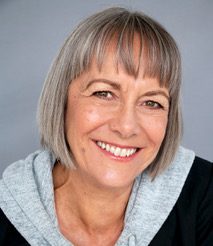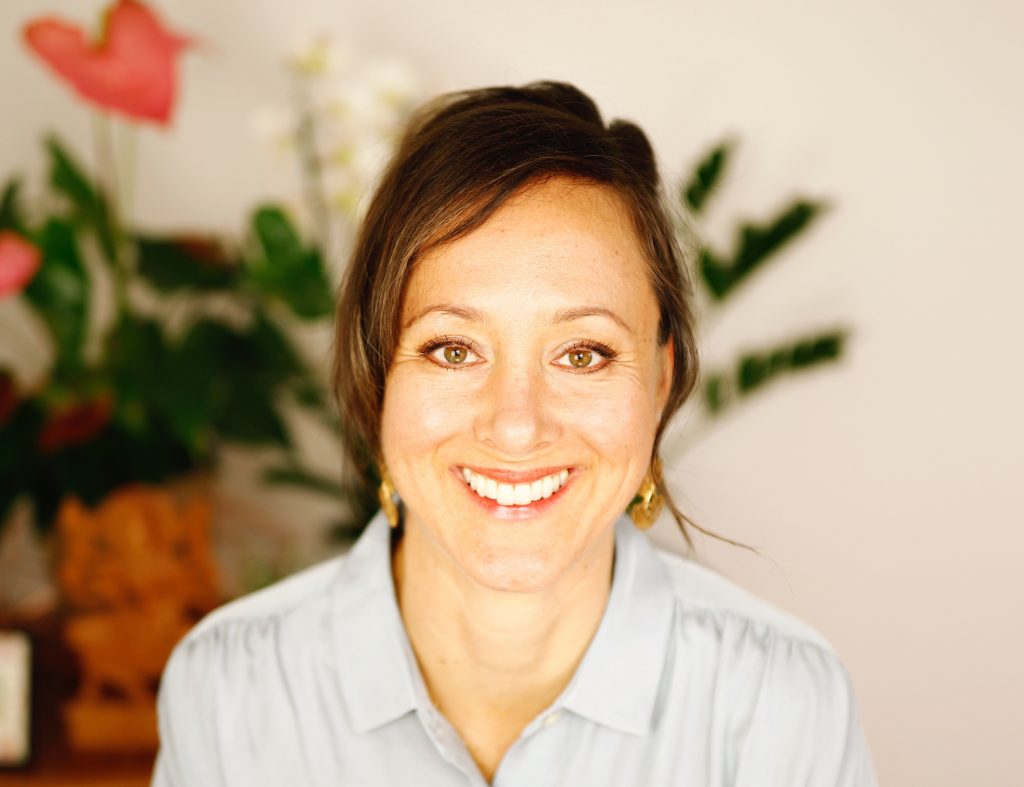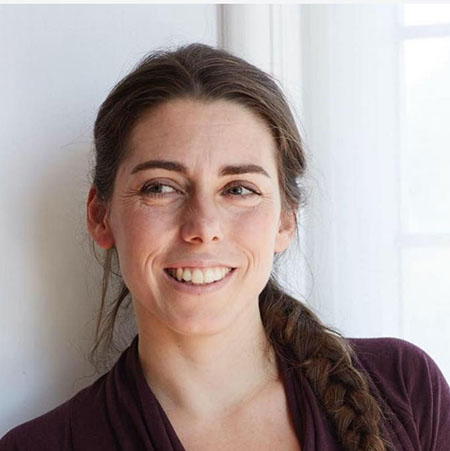Monthly Member Webinar – The fundamental role of gravity in biologic motion and health
Monthly Member Webinar with Dr Stephen Levin and Graham Scarr Practical details Date: Thursday 24th March Time: 19.00 UK time. Check your timezone here Presenters: Dr Stephen Levin and Graham Scarr Title: The fundamental role of gravity in biologic motion and health Please note that these webinars will be uploaded to the Members’ Area…
Monthly Member Webinar – A history of fascia
Monthly Member Webinar with Sue Adstrum Ph.D Practical details Date: Thursday 24th February Time: 19.00 UK time. Check your timezone here Presenter: Sue Adstrum Ph.D Title: A history of fascia Please note that these webinars will be uploaded to the Members’ Area and available from the following Monday. Webinar Outline: Ka mua, ka muri (we…
Monthly Member Webinar – Trauma, the ANS and the EDS relationship
Monthly Member Webinar with Jeannie di Bon Practical details Date: Thursday 20th January Time: 20.00 UK time. Check your timezone here Presenter: Jeannie di Bon Title:Trauma, the ANS and the EDS relationship Please note that these webinars will be uploaded to the Members’ Area and available from the following Monday. Webinar Outline: Explore new…
How do you see your body?
Not that long ago many yoga classes were very focused on achieving and holding a posture; nowadays they may very well concentrate more on developing our somatic awareness as we are encouraged to unfold, unfurl and unspiral our limbs, and to be aware of the effect on the whole body of one small movement. This change…
The World of Spirals
by Karen Kirkness What is spirality? You might have been hearing more about spirality in the anatomy world recently, but what is spirality and why is it important for bodyworkers to know about it? Spirality in biologic structure, including fascia, refers to the appearance of spiral form throughout nature. Spirality is an emergent property of…
Monthly Member Webinar – Fascia and cancer
Monthly Member Webinar with Susan Findlay Event type Zoom Members Webinar Online 7 pm BST Day Hour Minute Second 21st October 2021 – 19:00 UK time Practical details Date: Thursday 21st October Presenter: Susan Findlay What is the science behind cancer and fascia? Often, we hear how massage can spread cancer, but we also hear of…
Monthly Member Webinar – On Breath
Monthly Member Webinar As part of your membership, we are delighted to run a monthly members’ webinar to explore a different element of fascia. See the details below for this month’s instalment. Practical details Date: Thursday 23rd September Presenter: Ana Barretxeguren Title: On Breath Webinar Outline: Join Ana Barretxeguren for a webinar exploring the continuum of…
Menopause and Fascia
I vividly recall my first Feldenkrais lesson in Oxford 1999. I emerged loving the liberating connected feeling in my body, not having a clue what I’d just done and intuitively aware that this was more than my nervous system responding. And so my Fascia and connective tissue learning had begun. I feel deeply blessed to…
Movement and Biotensegrity
Monthly Member Webinar As part of your membership, we are delighted to run a monthly Member Webinar to explore a different element of fascia. See the details below for this month’s instalment. Event type Zoom Members Webinar Online 7 pm BST Day Hour Minute Second 19th August 2021 – 19:00 UK time Practical details Date:…
Abdominal Scars and Adhesions – effects and approaches
by Jan Trewartha In 2011 Geoffrey Bove and Susan Chapelle published a paper entitled ‘Visceral mobilization can lyse and prevent peritoneal adhesions in a rat model[i]. On March 5 2021, ten years later, a report was published entitled Controlling adhesions in the abdomen[ii]. The Hove/Chapelle paper is well known and often referred to. In brief,…









